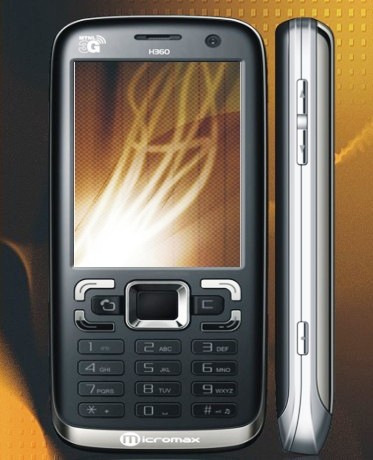 | « Back to article | Print this article |
 The other day I witnessed a fascinating sight in my office.
The other day I witnessed a fascinating sight in my office.
Passing by the cubicles on the way to my chamber, I saw a guy bragging about his new Micromax mobile phone to his friends and the smart deal he had cracked.
As I smiled to myself and went by, my mind went back to the 90s when 'cheap' ruled the roost in India.
There was a time when everyone thought that cheaper products are what India was looking at. And though these theories were not erroneous but they have been replaced with the passing sands of time today.
Like a lot of things change with time, so has the purchasing mentality of the Indian consumer.
Today, offering products at cheaper prices is not sufficient enough to woo people. The modern consumer wants 'quality' products at economical prices.
They have not only become demanding but are unwilling to compromise too. For marketers, it has become imperative to pack good quality with price.
The recent past offers us more than enough examples to champion this thought.
The world's cheapest car, Tata Nano, with all the hype it garnered before its launch, never really took off. Sales of the Nano have been falling for the last four months.
Its maker, Tata Motors, sold only 509 Nanos to its dealers in November 2010- a stark contrast to the 9,000 it delivered in July 2010.
India's first electric car, Reva, made some initial noise in the market and then vanished without a whimper.
It's not just enough to launch cheap products in the Indian market and sit pretty over expectations of guaranteed success.
Even the once-seeked-a-lot low cost Chinese brands are being rejected today.
The success of Micromax (mobile phones) amidst the enormously cluttered mobile phone market can be attributed to its delivering high quality and high value at an affordable cost.
The better the balancing act marketers can perform of providing 'quality' and 'low prices' the greater their chances of being successful. BMW in the Indian market stands for an out-of-reach luxury brand unlike abroad, where it is seen as an affordable performance-oriented automobile.
To cater to the changing Indian audience of today, BMW has launched BMW X1 in the SUV segment priced at Rs. 22 lacs, presenting an excellent combination of quality and price.
Even if you were to look at the most volatile, zero loyalty segment as prepaid SIM cards, you'll find that the cheapest ones are struggling at the bottom while the quality ones are on top.
If you can manage to offer the exact combination of quality and price then not only you hit the target but also blast a kilometer around it.
The achievement of this combination is what has made brands like Micromax, Samsung electronics and Bajaj Pulsar 135 successful vis-à-vis Nokia, Sony and Hero Honda Karizma respectively.
Clearly, the focus of the marketers should be to deliver high performance, high quality products at affordable prices rather than offering products at cheap prices only.
Affordability is the new mantra. People want affordable quality products rather than cheap ones. And therefore, while a Maruti Alto is still alive and prospering, cars like Tata Nano are battling to stay afloat.
The author is National Creative Director, Leo Burnett